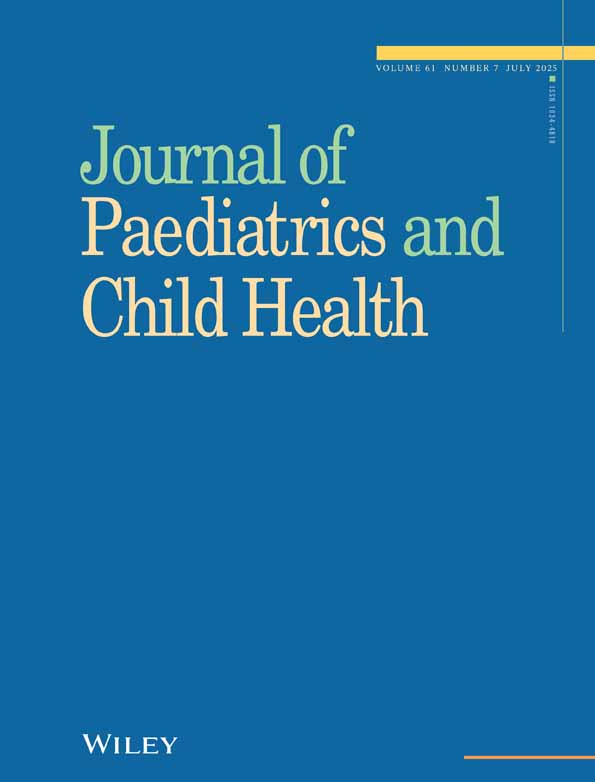Do ambient temperature and humidity influence the breast-milk intake of babies?
D. R. Woodward, PhD, Senior Tutor; F. J. Cumming, PhD, Lecturer.
Abstract
Abstract This study explored the possible effect of ambient temperature and humidity on the breast-milk intakes of Australian infants (n= 35) aged 6–12 weeks. Over a 24 h period, each baby was fed only on milk from the breast; milk intakes, temperature and humidity were monitored. Milk intakes—determined by test-weighing the baby, with a correction for evaporative losses during feeds—showed a mean of 830 g/24 h, with median 818 and s.d. 152. The mean correction for evaporative losses was 46 g/24 h; omission of this correction would have led to an average underestimate of 5.5% in 24 h intakes. Ambient conditions varied substantially between subjects: 24 h mean temperatures ranged from 14 to 28°C, and humidities from 48 to 97%. Over these ranges, breast-milk intakes did not appear to be significantly influenced by ambient temperature or ambient humidity; however, the rate of evaporative losses increased by 0.008 g/min for each 1°C rise in ambient temperature.




